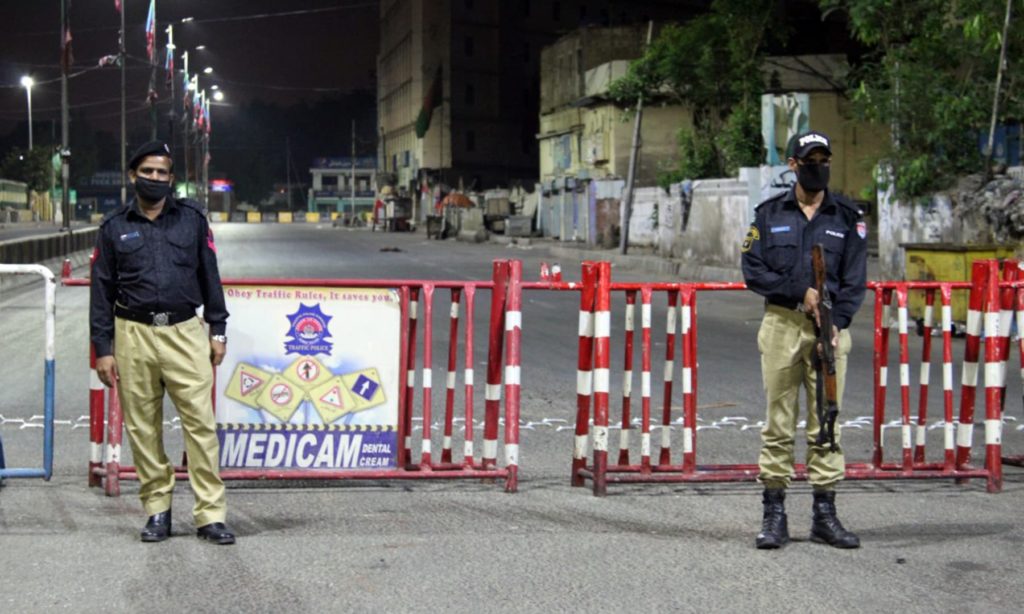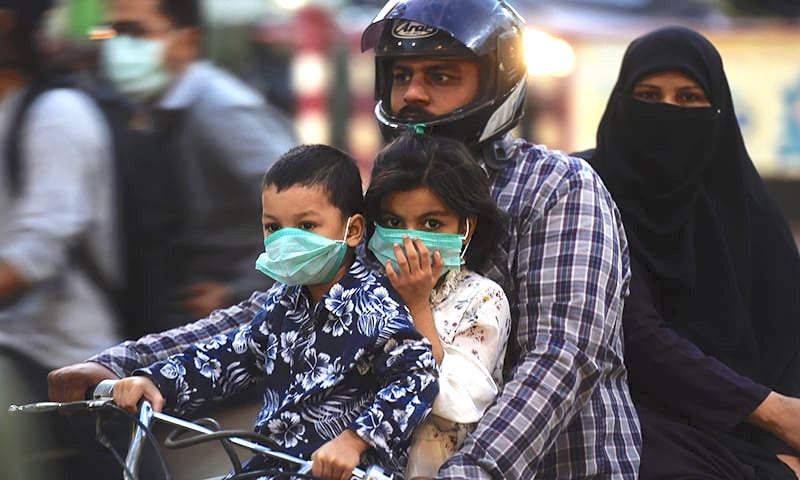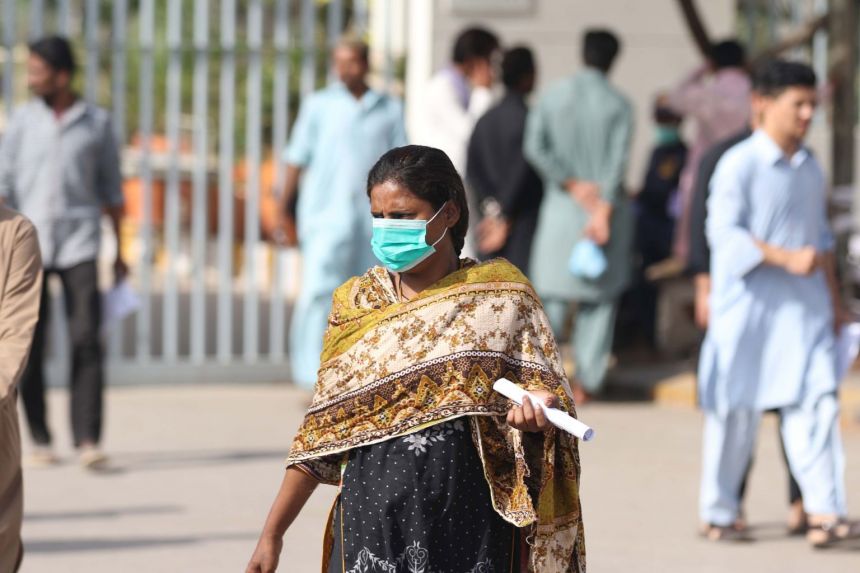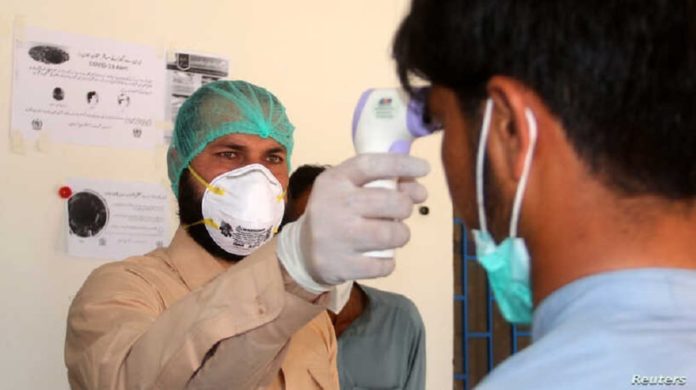After more than a quarter of a year, the global pandemic continues with little indication that the threat from the very efficient and deadly virus is diminishing. To a large extent, the novel virus remains a mystery with increasing hope being placed on deployment of a vaccine, which according to the most optimistic estimates is still a year away in developed countries. The global strategy for slowing the spread of the virus has been mainly driven by wealthy countries and the international bodies they largely control. The approach adopted has been varying degrees of lockdown and social distancing measures. Lockdown and social distancing were initiated to prevent overwhelming healthcare systems and allow time for scaling up testing and contact tracing. The idea is that lockdowns can be eased in phases as the capability of large-scale testing can allow contact tracing and isolation of suspected disease carriers to safely reopen society.
Around the world we see this one-size-fits-all approach being applied. However, we know from good risk management practice that one size does not fit all and measures to manage risk must be tailored to the local environment. Does this approach apply to less affluent countries where day-to-day challenges of addressing access to clean water, dysentery, dengue fever, malaria, cholera, parasites, and non-emergency procedures are already overwhelming the healthcare systems? Does this apply to countries that already suffer from shortages of health professionals and medical supplies? Does this model apply to countries with significant levels of poverty, densely populated urban areas, large numbers of inhabitants in small dwellings, and a significant potential for starvation and political instability? Does this apply in countries where a day without work might mean a day without food for an entire family? Perhaps the most essential question is whether this model applies to countries with weak economies who have no internal buffer to weather widespread shutdown and unemployment? Avoiding the virus only to die from starvation, lack of treatment for day-to-day health issues, or political violence is merely trading one risk for another.

Lockdown was intended as the first line of defense to slow the spread of the virus. The stated objective at the time was that lives could be saved by extreme social distancing to avoid overwhelming healthcare systems. In addition, lockdown was seen as a method of buying time to develop the capacity to test, trace, and isolate carriers of the virus. The assumption in achieving this objective was that healthcare facilities have the capacity to absorb a significant increase in emergency patients and that governments have the resources to scale up testing and contact tracing. The logic was that the outbreak could be maintained at a level the healthcare system could handle while testing and tracing would slow the spread by isolating carriers bringing the virus under control while the economy slowly came back to some new normal. The catch is that most countries have neither the political will nor the economic resources to achieve this objective. The two are inseparable. Even the richest country in the world, the United States, lacks the political will to mobilize the resources necessary to achieve this objective. So, the developing countries and the United States are in the same predicament of how do you ease the shutdown without the capacity to effectively conduct testing and tracing. In developing countries, it is clear that prolonged lockdown is economically untenable and has the high potential for starvation and unrest.
This does not mean doing nothing. It means that for developing countries other approaches might be tried and provide some, albeit less, protection against the spread of the virus until a treatment or vaccination is found. An attempt to lower the pandemic curve will save some lives, so perhaps measures short of lockdown should be considered. Protecting people’s livelihoods to be able to feed the poor and avoid unrest might save more lives than total shutdown. There are a range of hygiene and social distancing tools available short of total lockdown. Education about proper personal hygiene measures must be constant and pervasive. Governments need to provide washing stations in areas where access to clean running water is a problem. Social distancing methods for work, such as remote workspaces and use of telecommunication methods should be implemented whenever feasible. Closure of large social gathering spots, such as event halls, sporting events, and communal prayer should be strictly adhered to. Religion is critical during times of adversity, but all religions make allowances for individual prayer to protect human life. Whenever possible, people should try to maintain a spacing of at least 2 meters. Stores and business should consider installing plastic shields to minimize contact with customers. When feasible, stores should minimize touching of their products. Cleaning and wiping down of public areas need to be implemented.

Face coverings can significantly reduce the amount of transmission. While non-medical face coverings may not be adequate to prevent becoming infected, they have shown to be effective in reducing transmission. For a novel virus which is highly contagious and transmitted asymptomatically having everyone in the population wearing masks is essential. In many developing countries, the bulk of the population is under 35 years old. This is the demographic that is largely asymptomatic. The danger of COVID-19 is that the group of people who are largely asymptomatic are actually the most dangerous to others. They are the silent transmitters. To reduce transmission rates, a simple homemade linen mask, bandanna, scarf, hijab or abaya mask over the mouth and nose whenever people go outside their house should be mandatory. Recommending wearing a face covering at home could reduce transmission rates to some extent in densely populated housing. Obviously, masks that are tight fitting and made of heavier linen provide lower transmission rates.
Moreover, bans on the sale and use of medical grade masks to everyone except hospitals and clinics should be implemented. Fines for wearing medical grade masks in public should be issued and people encouraged to turn over hoarded masks to hospitals and clinics. Then the government should issue a proclamation that everyone, not just sick people, should wear a linen mask, bandanna, scarf, hijab, or abaya mask over their mouth and nose whenever they go outside their house, as well as recommend wearing it at home to protect family members. Face coverings should be changed and washed regularly. A minimum of two linen face masks would be needed for every citizen. One to be worn, while the other is washed and dried. The government would need to procure and provide masks to those who cannot afford them.

An added benefit may be increased morale. Telling people to stay at home is not as empowering as given them something to do. Mobilizing people to make linen face masks is giving them something to do, which fights the sense of helplessness. Trying this approach has few downsides and may help. During a pandemic for a novel virus, knowing what helps and to what extent is typically determined years after the event, so no decision is certain. However, good risk management practice tells us to consider the trade-offs of different risk control measures to bring the risk to a level that is as low as reasonably practical. Every country needs to characterize its local risk environment and determine what will work best short, medium, and long-term. There are no easy answers.




